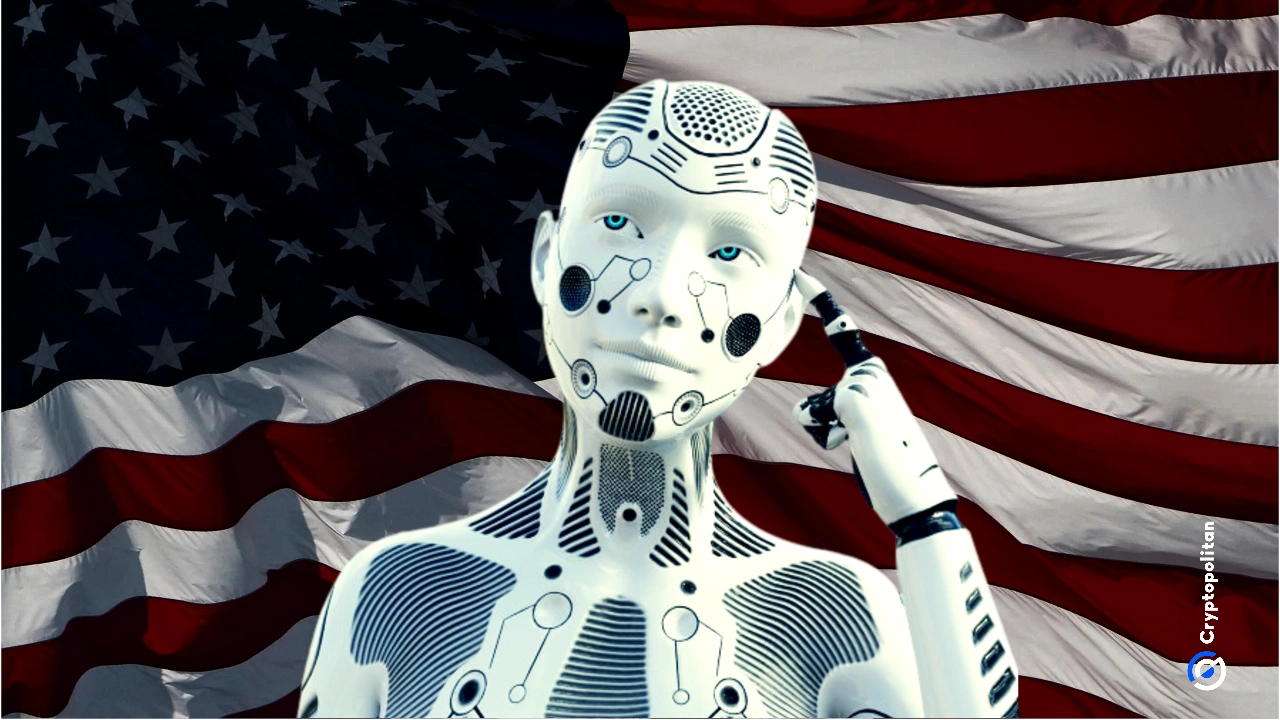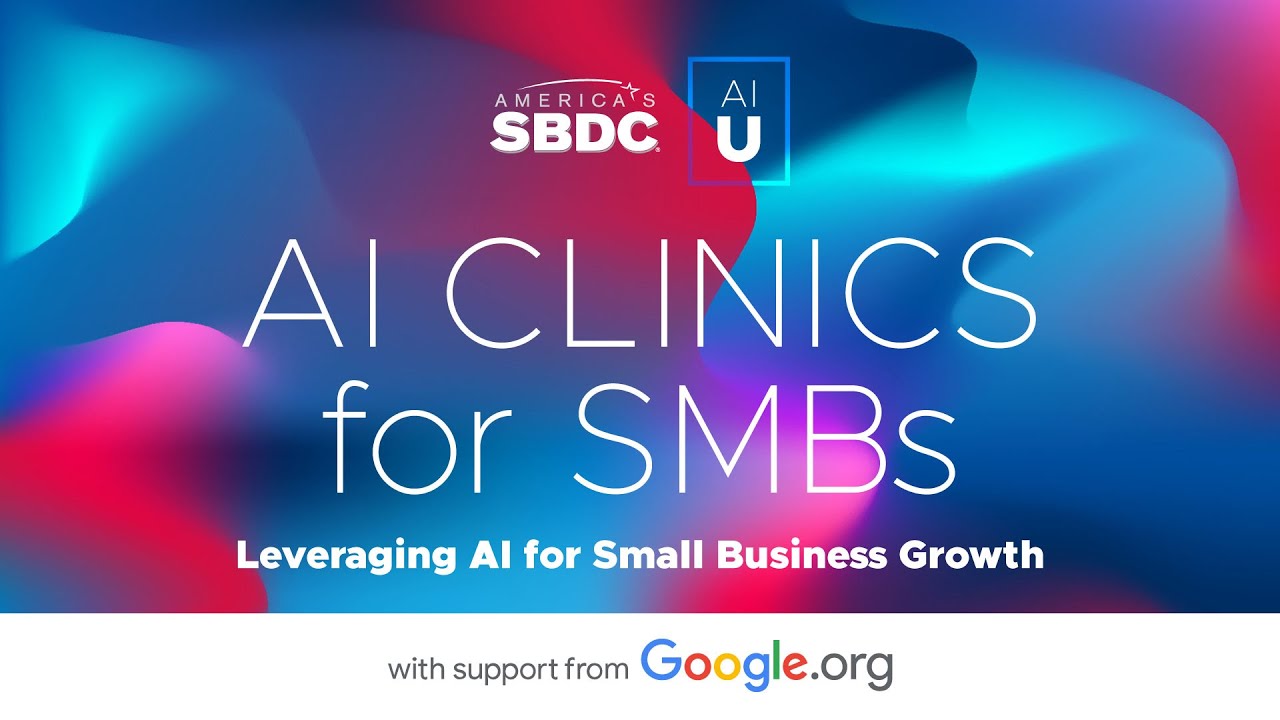Artificial intelligence could slash the US deficit by nearly $900 billion over the next 20 years, according to a report by Brookings Institution economists. The study projects that under optimal conditions, AI could lower the annual deficit by up to 1.5% of GDP by 2044, shaving off a fifth of the yearly shortfall.
With the federal deficit hitting $1.8 trillion in 2023 and the national debt standing at a staggering $36 trillion, these numbers are a big deal.
The report points to AI’s potential to transform the healthcare industry, which currently eats up massive amounts of public spending. The economists, Ben Harris, Neil Mehrotra, and Eric So, describe AI as a “critical shock” with the rare ability to both expand healthcare access and reduce costs at the same time.
They believe that by making healthcare more efficient, AI could ease the government’s financial burden while democratizing access to care for Americans.
Healthcare spending as AI’s biggest target
Healthcare spending in the US is out of control. The federal government poured $1.8 trillion into health insurance programs in 2023, a number equivalent to 7% of GDP. Over the next decade, the Congressional Budget Office estimates federal health subsidies will total $25 trillion, accounting for 8.3% of GDP.
The issue isn’t just the sheer volume of spending but how that money is being used. Roughly a quarter of all US healthcare costs—both public and private—go toward administrative tasks, not patient care.
Brookings economists argue that AI can fix this. Routine administrative jobs like scheduling appointments, managing patient flow, and analyzing preliminary medical data could be automated, cutting down on inefficiencies.
They believe AI could achieve productivity improvements in healthcare that have eluded the industry for decades. Unlike most sectors, which have made massive efficiency gains over the last 50 years, healthcare has largely lagged behind. AI could finally drag it into the modern age.
“Nearly every industry in the US has experienced substantial improvements in productivity over the last 50 years, with one major exception: healthcare,” the report says. AI, the economists argue, could change that dynamic entirely.
Harris, one of the study’s authors, highlighted how AI could transform the way people receive medical care and how diseases are detected and treated. The integration of machine learning into diagnostics, personalized medicine, and drug development could lower costs while improving outcomes.
Barriers to adoption and why it matters
But getting AI into healthcare isn’t going to be easy. Ajay Agrawal, a professor at the University of Toronto, says the potential of AI in healthcare creates a mix of “enthusiasm and despair.” Enthusiasm because the sector has so much to gain, and despair because of the huge roadblocks in the way.
Regulations, payment structures, and liability concerns make implementing AI in healthcare a slow and messy process. Agrawal explains that the economic incentives don’t always align, especially in the private sector.
Private insurers may hesitate to embrace diagnostic AI out of fear that it could lead to more treatment costs. On the other hand, the public sector faces data privacy concerns and a lack of urgency to innovate.
Despite the challenges, the Brookings paper argues that the payoff is worth the effort. AI’s ability to improve diagnostic accuracy could reduce wasteful spending on ineffective treatments, potentially saving billions.
It could also move the focus from reactive treatment to preventative care, helping people stay healthier and out of hospitals.
Improved health outcomes could reduce Social Security and public health expenditures while boosting workforce participation by keeping more people healthy and employed for longer.
AI and lifespan: A double-edged sword
There’s a flip side to all of this. Longer lifespans—one potential outcome of AI-enhanced healthcare—could increase federal spending. As people live longer, they might require more medical care and draw on programs like Social Security for extended periods. This could offset some of the savings AI generates.
However, the Brookings economists maintain that the benefits outweigh the risks. AI could create a healthier workforce, increasing productivity and labor force participation. By improving disease detection and treatment, AI could also reduce the economic impact of chronic illnesses.
Preventative care is a big part of the equation. Harris and his coauthors argue that early detection and personalized treatment plans made possible by AI could save lives and money.
For instance, AI-driven tools could help doctors detect diseases earlier and more accurately, avoiding costly late-stage interventions. These efficiencies could lead to broad cost reductions across Medicare and other federal healthcare programs.
But Big Tech isn’t waiting around for the government to figure this out. Google, Amazon, and Microsoft are all pushing into AI-powered healthcare solutions. Google’s AMIE system mimics diagnostic dialogue, while its Med-Gemini platform supports treatment planning and clinical decisions.
Amazon and Microsoft have similar projects underway, focusing on diagnostics and cost optimization. AI has already shown “superhuman performance” in some areas of diagnostics, according to Agrawal.
Machines are outperforming doctors in analyzing X-rays, MRIs, and other medical data, proving that the technology does work to an extent. These advancements could make treatment plans more effective and less expensive.
What a Trump administration could mean for AI in the US
President-elect Donald Trump’s second term could bring changes that either accelerate or slow down AI adoption. Trump has promised to reduce government spending and bureaucracy through a new Department of Government Efficiency.
This could mean less funding for public health initiatives, potentially stalling AI rollouts. Meanwhile, a reduction in federal regulations could speed things up. Agrawal points out that regulatory blocks often prevent AI technologies that are ready to go from being deployed.
“Many people are fearful of reducing regulation because they don’t want immature technologies to harm people,” Agrawal says. “But there’s also harm in delaying the use of technologies that are ready to improve lives.”
Land a High-Paying Web3 Job in 90 Days: The Ultimate Roadmap





